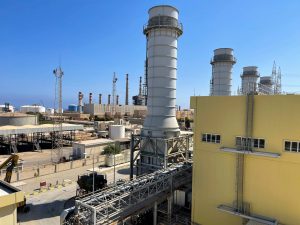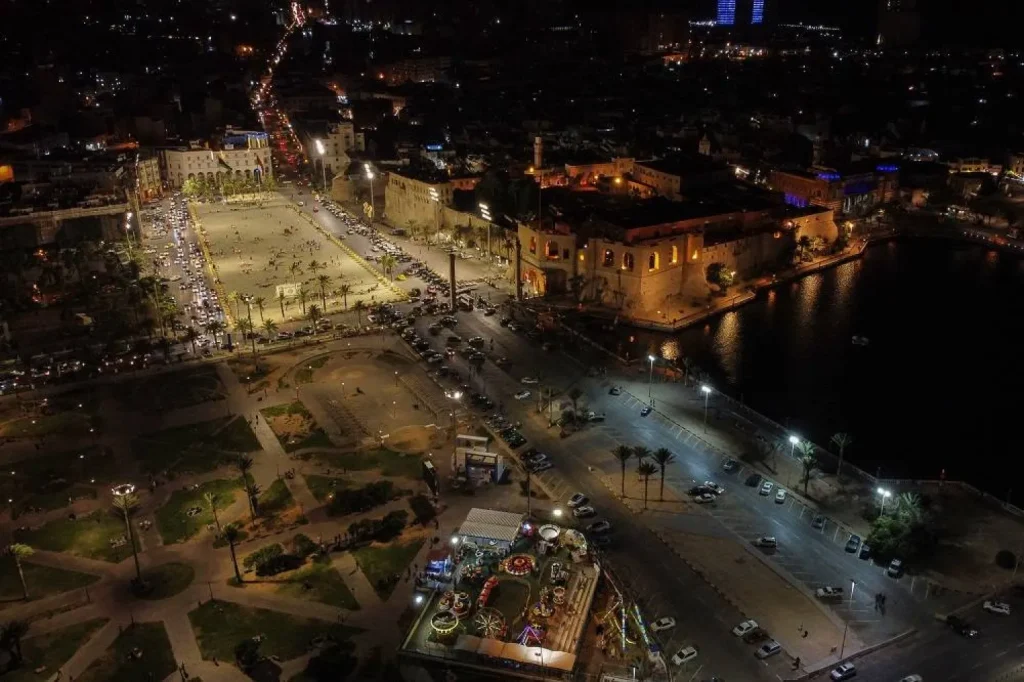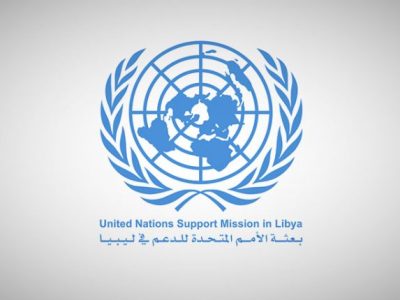Libya’s Electricity Crisis: Causes, Consequences, and the Path to Reform
Libyans have become all too familiar with living in the dark. The country’s electricity crisis highlights a fundamental issue that transcends technical difficulties and speaks directly to the heart of our nation’s governance. Blackouts, often stretching for hours and sometimes even days, have become a fixture of daily life, affecting homes, hospitals, businesses, and critical infrastructure across the country. Despite possessing vast energy resources, Libya struggles with an energy system that has been left to deteriorate under the weight of political divisions, mismanagement, and years of conflict. The nation’s reliance on oil and gas should make it an energy powerhouse, yet its power sector is plagued by inefficiencies and a lack of coordination between the central government and regional authorities. For many Libyans, aside from being a mere utility, electricity is it is a symbol of the broader struggle for stability and governance. As the country continues to grapple with its internal divisions, the question of how to repair and modernize the energy infrastructure becomes more urgent. Without significant reform and investment, Libya’s energy future remains uncertain, and the promise of a more stable and prosperous nation will remain elusive.

A Power Grid in Decline
The gap between Libya’s power ambitions and reality remains immense. Our largest plants, like Tripoli West (pictured above), have hundreds of megawatts of capacity but cannot run flat out. A 2022 UN sector study noted that although Libya has roughly 10,236 MW of installed capacity, average output was only about 5,300 MW (and fell to ~3,700 MW in summer heat). By contrast, peak demand has reached over 7,600 MW on the hottest days, a shortfall of roughly 40-50%. In practice this means that even with all plants running, the grid simply cannot meet demand without widespread load‑shedding. (To make matters worse, maintenance backlogs have swelled by over $2 billion, and GECOL often recovers only ~10% of its operating costs from weak tariffs).
Political fragmentation and underinvestment explains why so much capacity sits idle – rival administrations have often made contradictory decisions. Power plants and transmission lines have even been treated as spoils of war. The UN Panel of Experts reported in late 2024 that armed groups used GECOL’s own fuel depots in Benghazi to siphon off at least 1.13 million tonnes of diesel since 2022. In effect, electricity funds and fuel intended for all Libyans were diverted by unauthorised agents. Even GECOL’s chief was accused of intimidating regulators and blocking oversight of these smuggling activities. This “parallel economy” around the grid has repeatedly sabotaged our supply.
In addition to outright theft, war damage and decay have physically crippled infrastructure. Generators stand idle for lack of spare parts or fuel. Cables and substations that once served Tripoli have been looted or destroyed. When eastern factions blockaded oil exports in 2022-2023, fuel shipments to our oil‑burning power plants were halted too, causing fresh blackouts. As one Benghazi baker complained: “We used to suffer a lot… we couldn’t just sell customers spoiled meat,” but now, after 20 hours of daily cuts, “things are much better”. His comments highlight that even where some repairs have come, the problem was the routine politicisation of power delivery. Underlying all of this is chronic underfunding. Years of subsidised electricity mean GECOL has been starved of revenue; combined with a 30‑40% technical loss rate (through theft and inefficiency) the system has almost no maintenance budget. In a nutshell, we underinvested in our power plants, then fought over whatever they produced.
Steps Toward Stability and Modernization
Recognising the crisis, Libya’s leaders have taken some steps to reform the sector. Since the height of the crisis in 2022, a new GECOL management team, backed by foreign aid and private partners, has wrested back some capacity. Reported operational capacity climbed to 8.2 GW by 2023 (from 5.8 GW the year before). With that boost, Libya largely avoided emergency blackouts in 2023 for the first time in years. Efficiency measures (like replacing streetlights and distributing smart prepaid meters) have begun to reduce overuse and theft. We have also re‑activated international links: Libya imports power from neighbors (about 0.8 TWh in 2022), and Algeria and Tunisia are planning a Maghreb “electric corridor” that could eventually swap up to 1-1.5 GW across borders (Libya even received 265 MW from Algeria in late 2023). These steps have helped, but are small compensation for the national deficit.
International energy firms have likewise moved to help, albeit slowly. Siemens (with Turkey’s Çalık) has been constructing a new South Tripoli power plant (1,320 MW) in hopes of stabilizing the capital’s grid. GE (now GE Vernova) has been upgrading controls on several older gas turbines in Khoms to improve reliability. In the renewable sector, TotalEnergies and the local Renewable Energy Authority are pushing a 500 MW solar project (Sadada) which is now under construction. Official plans published in December 2023 even set a target of 20% renewables by 2035 (roughly 4 GW of wind/solar). But here too, Libya’s governance problems pose barriers. Investors often shy away for lack of a clear legal framework or risk of unpaid power bills. Bank officials warn that financing these projects will be difficult without modernized policies and stronger rule of law. Today only a few pilot solar‑photovoltaic sites exist, supplying near‑zero of our electricity. In short, our bold target for 2035 is years ahead of our current capacity.
Despite the steps taken, power cuts still flare up. In June 2025, for example, the eastern regional utility suddenly lost 500 MW when two generators at the Zuetina gas plant went down; this caused a roughly 640 MW shortfall, leading to 8-10 hour blackouts across Cyrenaica. In practice, every summer sees neighborhoods rotating through hours of load‑shedding. Ordinary Libyans – farmers, shopkeepers, students – bear the brunt of this. Every outage reignites protests and accusations of “dysfunction” and “scheming” among rival politicians. Even media outlets that noted temporary improvements admit that citizens remain wary: stable electricity is still seen as “fragile,” easily derailed by conflict or corruption.
Libya’s electricity woes are therefore emblematic of deeper governance failures. Decades of conflict left a fragile grid in tatters; continued political turmoil and weak institutions prevented the kind of large investment and oversight needed to fix it. As the UN analysis warned, even a fully built infrastructure falls apart without maintenance and unified management. For now, promises of new power projects and imports offer some hope. But our energy future will only brighten if national leaders unite to rebuild the grid and protect it from sabotage. Until then, Libyans will remember that behind every heatwave and every blackout stands years of conflict and looting, not just nature or foreign plots




